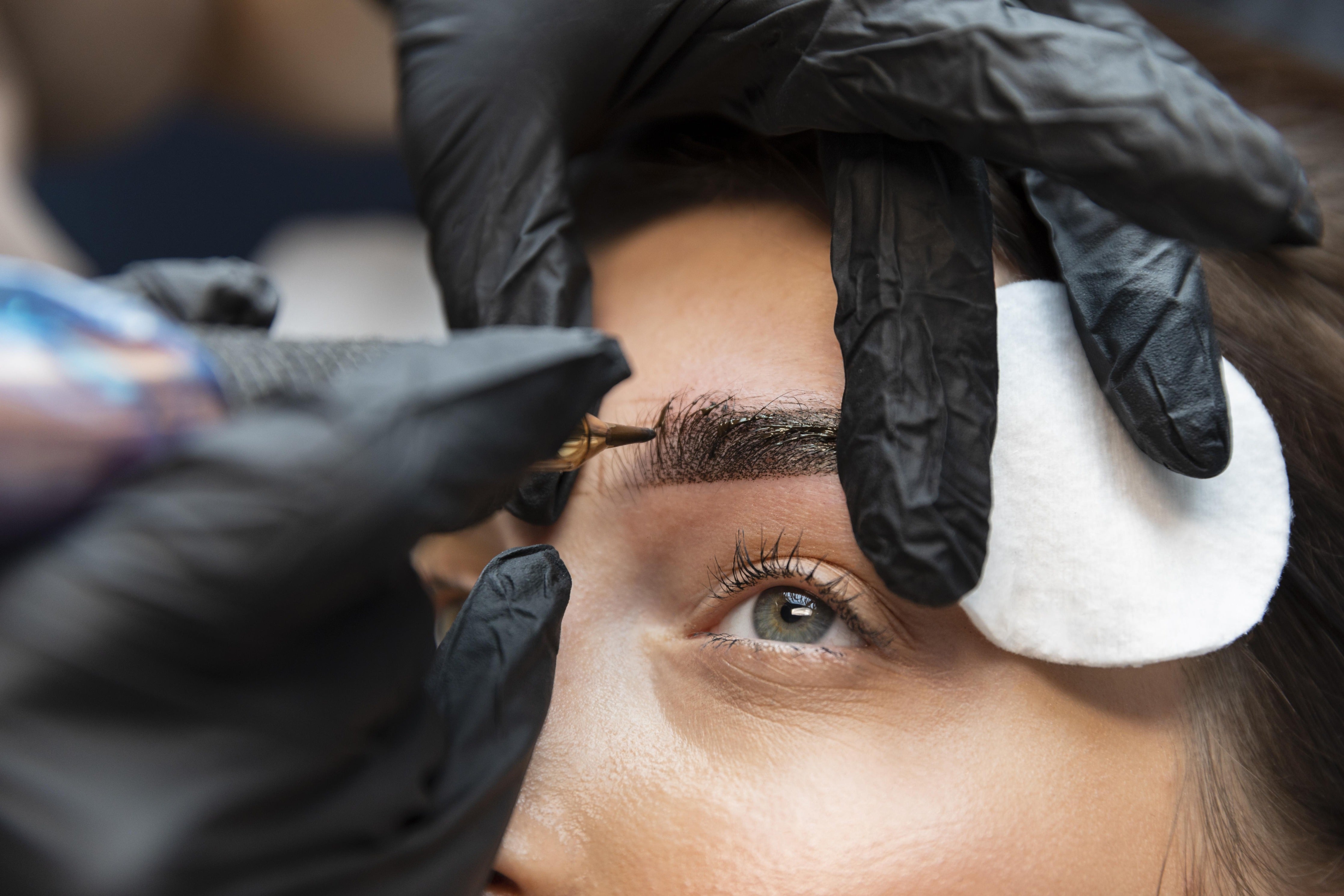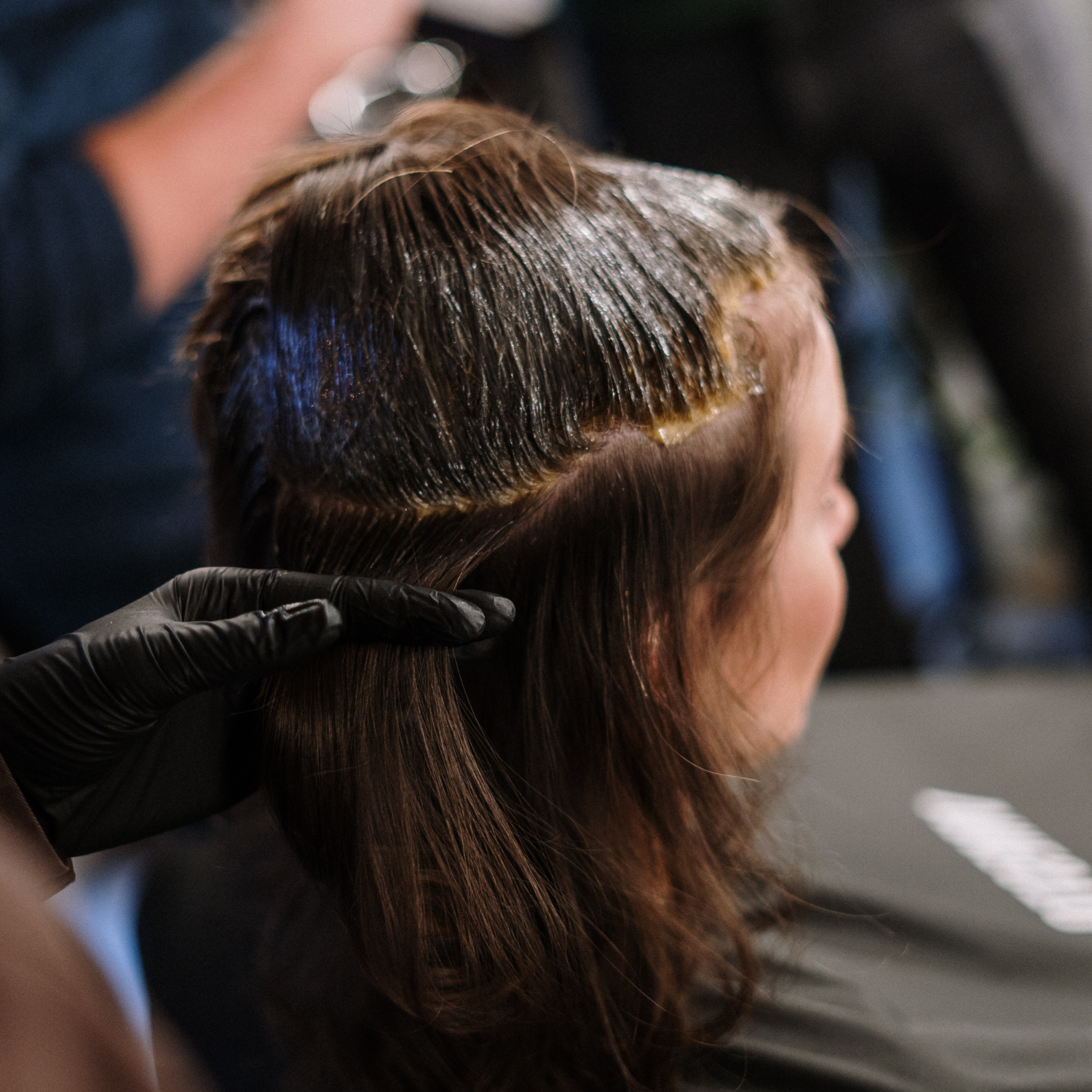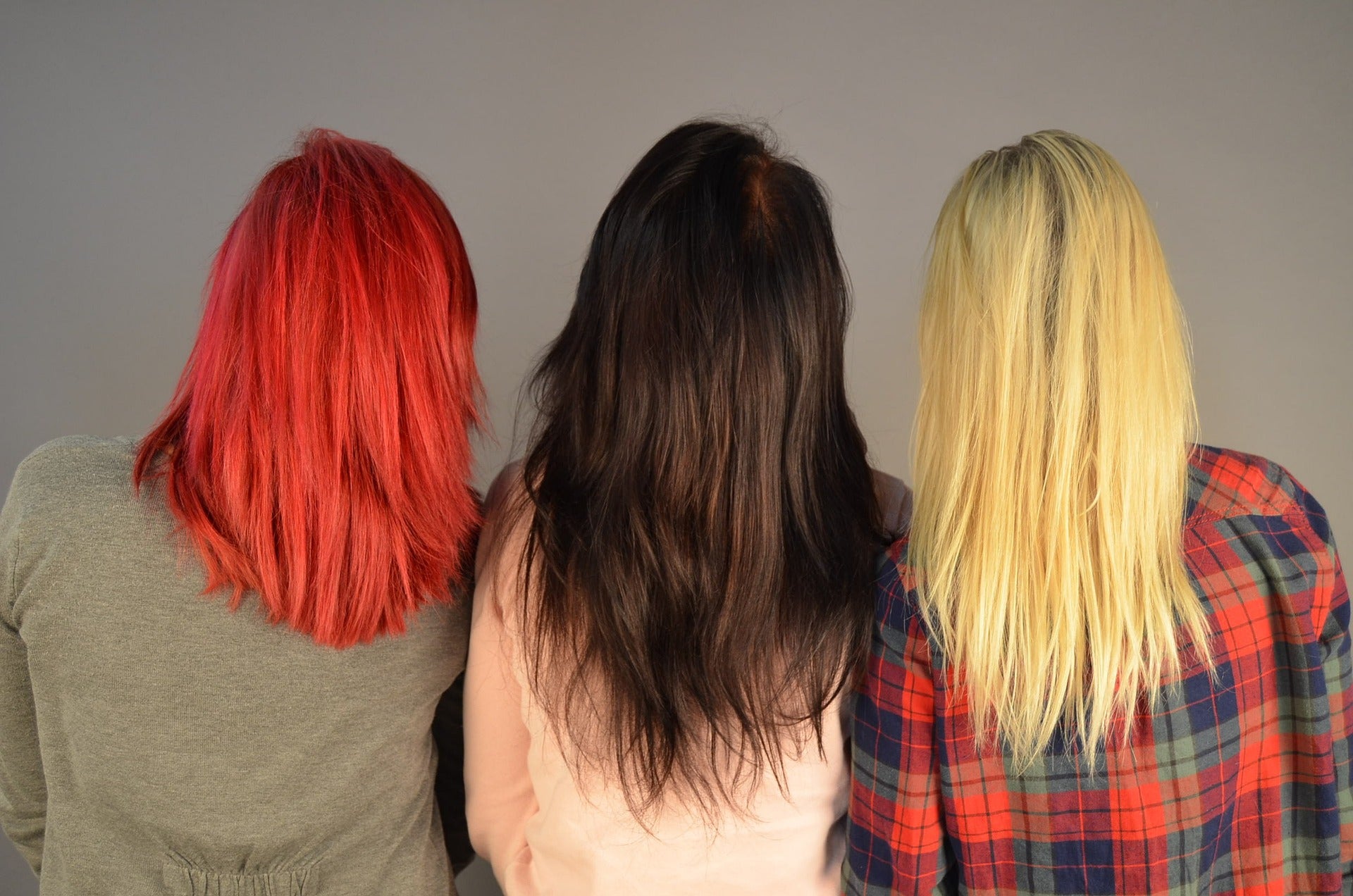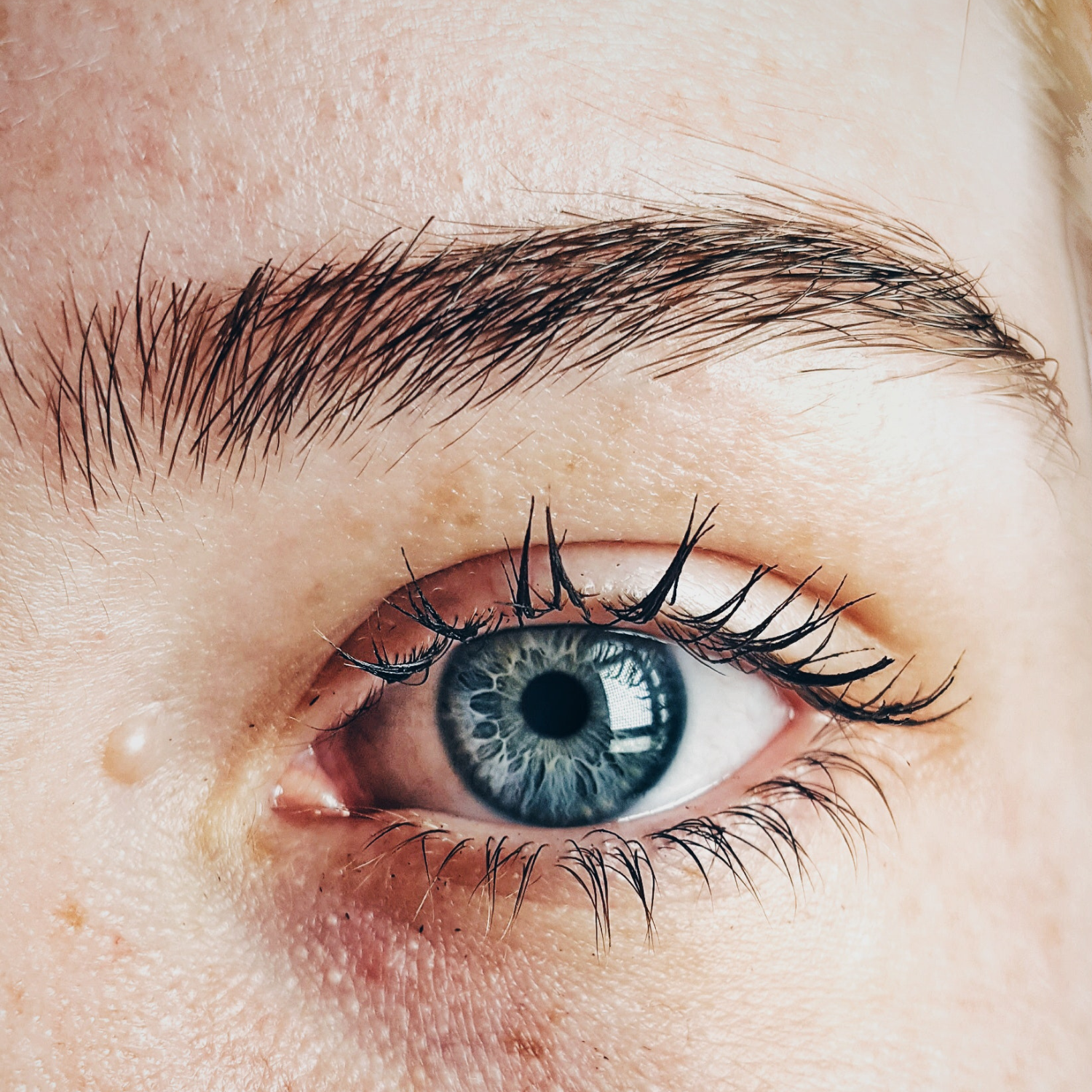Permanent Vs Semi-Permanent Makeup

Permanent Vs Semi-Permanent MakeupWhat is the difference between permanent and semi-permanent makeup?
We often hear both terms—PMU (permanent makeup) and SPMU (semi-permanent makeup)—thrown around in conversation or online, but what is the difference really? At the risk of sounding anti-climactic, there really isn’t much of one. Both PMU and SPMU are often used interchangeably and in reference to the same processes.
Whether you’re talking about microblading, lip blushing, scar camouflage, or faux freckles, these are all forms of cosmetic tattoos designed to mimic the appearance of regular makeup; and tattoos are associated with a high level of permanence for obvious reasons.
The only clear separation between the processes is the depth into the skin at which the pigment is deposited. Human skin is comprised of 3 different layers—the epidermis (outer layer), the dermis (middle layer), and the hypodermis (inner layer). Semi-permanent makeup would typically be associated with a shallower deposition of pigment into the epidermis or barely into the dermis layer of the skin, whereas permanent makeup would be associated with a deeper deposition of pigment into the dermis layer of the skin.
So why are they often still referred to as semi-permanent processes?
Due to the nature of these processes, there is both a permanent and semi-permanent aspect to both, which is likely why the terms are used interchangeably without much thought.
On one hand, cosmetic tattoos aren’t something you can go home and wash off with soap and water. Some of the deposited pigment from cosmetic tattooing will remain in the skin permanently. On the other hand, some of the visual results of the process will begin to fade over time.
As you might assume, since semi-permanent makeup is associated with a shallower deposition, the visual effects of the processes fade more quickly, thus giving it a ‘semi-permanence’. Permanent makeup lasts longer by nature given its deeper deposition; however, it is still prone to fading over time.
Are permanent and semi-permanent makeup processes the same as regular tattoos?
Yes and no. As previously mentioned, just like regular tattoos, cosmetic tattoos use needles or blades to deposit pigment into the skin. However, they differ from what we have come to know as ‘regular’ tattooing in that the pigments that they use are different. This is primarily due to the pigment used in cosmetic tattooing which is generally less dense than traditional tattoo ink and has a tendency to fade more quickly. Similarly to permanent makeup, tattoos penetrate into the dermis layer of the skin to deposit ink; however, it is the difference in pigments that creates longer-lasting results.
How long does permanent and semi-permanent makeup last?
The fading of the visual effects of the process is where semi-permanence comes into play and is dependent on several factors but generally lasts anywhere from 1-5 years, with most results favoring the middle of that range.
Since it is common for certain cosmetic tattoos to be applied with a manual tool, results can vary greatly from person to person and artist to artist depending on the tools and pigments used as well as how much penetration is achieved.
Following application, the lifetime of a cosmetic tattoo is also greatly affected by individual and environmental factors.
Individual factors include:
- Skin type
- Oil content of your skin
- Sweat volume and frequency
Environmental factors include:
- Skincare routine
- Sun exposure
- Bathing frequency
Everything from the oil content of your skin to which products you expose the treated area to via your skincare routine can all affect how quickly a cosmetic tattoo fades.
Is permanent or semi-permanent makeup the best option for me?
In short, it all depends on what exactly you are looking for. There are many types of cosmetic tattoos as well as many different areas to get them and reasons for getting them. Really it all comes down to what you would like to get out of the procedure and what you are comfortable with on a personal level.
The best way to know what the best option for you is, is to spend some time doing the research and making sure you understand the ins and outs before making any big decisions.
So, does it matter which term I use?
In the end, so long as the artist and the client both have a good understanding of the process, its effects, and the duration of those effects, it doesn’t really matter if you consider it permanent or semi-permanent on a personal level.



